How long do neon strip lights last? The question might only cross your mind once you notice a flicker in your favorite neon sign or the dimming of those once-vibrant lights outlining your storefront. Neon strip lights, celebrated for their brilliance and durability, don’t last forever. However, understanding their lifespan can help you maximize their utility and aesthetic value.
Many assume neon lights are timeless or prone to sudden failure, but the reality lies somewhere in between. Common issues like fading brightness, color shifts, and even complete burnout often stem from factors like installation quality, environmental exposure, and maintenance practices, which are overlooked until it’s too late. Understanding these factors is essential for anyone using neon strip lights, whether commercial or residential.
In this article, we’ll explore the factors influencing the lifespan of neon strip lights, signs of wear to watch for, and how to extend their life through proper care. By the end, you’ll clearly understand what to expect from your neon lights and how to keep them glowing bright for as long as possible.
What Are Neon Strip Lights?
Neon strip lights are a captivating blend of art and science, lighting up spaces with their vibrant hues and dynamic designs. Unlike traditional neon signs, which are often rigid and bulky, neon strip lights offer flexibility and versatility. They consist of glass tubes filled with inert gases like neon or argon, which glow brilliantly when an electric current is passed through them. This simple yet effective technology has allowed neon strip lights to evolve from their commercial origins into a popular choice for functional and decorative lighting in various settings.
Popular Uses of Neon Strip Lights
Neon strip lights have found their way into various environments, each application highlighting its unique ability to combine form and function. These lights are often used in commercial spaces to create eye-catching signage that draws customers in from the street. Their ability to bend and curve makes them ideal for outlining storefronts or creating intricate designs that stand out against the night sky. In residential settings, neon strip lights add a touch of modern flair to interiors, whether used as under-cabinet lighting in kitchens, accent lighting in living rooms, or ambient lighting in bedrooms. Outdoors illuminate pathways, highlight architectural features, and bring gardens to life after dark, making them a versatile tool for any lighting project.
The Importance of Understanding Lifespan
When investing in neon strip lights, understanding their lifespan is crucial. These lights are known for their durability, but like all lighting solutions, they have a finite lifespan. Knowing how long your neon strip lights are expected to last helps you plan for replacements and avoid unexpected outages. Additionally, by understanding the factors that influence their longevity, you can maximize the lifespan of your lights, ensuring they remain a bright and functional part of your space for as long as possible.
How Neon Strip Lights Work
Basic Functionality and Technology Behind Neon Strip Lights
The magic of neon strip lights lies in their simplicity. Inside each glass tube, a small amount of inert gas is sealed in a vacuum. The gas becomes ionized when an electric current is applied, producing a bright and steady glow. The color of the light depends on the type of gas used—neon for a classic red hue, argon for blue, and other gases or coatings for a spectrum of colors. The flexibility of the strip comes from the specialized materials used to encase the glass tubes, allowing them to be bent and shaped without breaking, making neon strip lights as adaptable as they are vibrant.
Key Components That Determine Longevity
Several key components influence the longevity of neon strip lights. The quality of the glass, the purity of the gas, and the durability of the electrodes all play vital roles in determining how long the lights will last. High-quality glass is less prone to cracking, while pure gases maintain brightness over time. The electrodes, which initiate and sustain the ionization process, must be robust enough to withstand continuous electrical currents. Proper sealing of the tubes is also crucial to prevent gas leakage, which would otherwise shorten the lights’ lifespan.
Factors Influencing the Lifespan of Neon Strip Lights
Material Quality: The Foundation of Durability
The foundation of any long-lasting neon strip light is the materials’ quality. Premium-grade glass, high-purity gases, and durable electrodes ensure the lights can withstand years of use without significant degradation. Choosing high-quality materials from reputable manufacturers is the first step in ensuring that your neon strip lights will last as long as possible.
Manufacturing Standards: Precision and Quality Control
Precision in manufacturing is equally important in determining the lifespan of neon strip lights. Strict quality control during production ensures that each component is made and assembled accurately, minimizing the risk of defects that could lead to premature failure. Lights produced by manufacturers with rigorous quality standards are more likely to meet or exceed their advertised lifespans, offering greater reliability and value.
Installation Techniques: Impact on Lifespan
Proper installation plays a critical role in the longevity of neon strip lights. Using appropriate mounting hardware and ensuring secure connections help prevent damage that could otherwise reduce the lights’ lifespan. Incorrect installation, such as excessive bending or improper electrical connections, can lead to issues like broken glass, gas leakage, or electrical shorts, all of which can prematurely end the life of the lights.
Environmental Conditions: Indoor vs. Outdoor Use
The environment where neon strip lights are used significantly impacts their lifespan. Indoor environments, typically more controlled in terms of temperature and humidity, are generally less harsh on neon lights than outdoor settings. Outdoor installations expose neon strip lights to varying weather conditions, including extreme temperatures, moisture, and UV radiation, which can accelerate the degradation of materials. Choosing lights specifically designed for outdoor use, with appropriate weatherproofing and UV protection, can help extend their lifespan in these harsher environments.
Frequency of Use: Continuous vs. Intermittent Operation
The frequency with which neon strip lights are used can also affect their lifespan. Continuous operation can lead to faster wear on components, particularly the electrodes. In contrast, intermittent use allows for cooling periods that may extend the lifespan. However, frequent switching on and off can introduce thermal cycling, which might shorten lifespan. Understanding the best operational practices for your lighting needs helps balance performance with durability.
Power Supply Consistency: Ensuring Voltage Regulation
A stable power supply is crucial for the longevity of neon strip lights. Fluctuations in voltage can cause the lights to flicker, dim, or even fail prematurely. Voltage regulation devices help stabilize the power supply, protecting the lights from the detrimental effects of power surges or drops. Ensuring that your neon strip lights receive a consistent voltage is a proactive measure to maximize their lifespan.
Temperature and Heat Management: Keeping Lights Cool
Heat management is essential to the longevity of neon strip lights. Excessive heat can accelerate the degradation of the glass tubes, gases, and electrodes, leading to a shorter lifespan. Effective heat management strategies, such as using heat sinks or ensuring adequate ventilation, help keep the lights cool and extend their operational life. Avoiding installation in areas with high ambient temperatures is also advisable to prevent overheating.
Electrical and Mechanical Stress: Avoiding Common Pitfalls
Neon strip lights are sensitive to both electrical and mechanical stress. Electrical stress, often caused by inconsistent power supplies or improper installation, can lead to failures in the lighting system. Mechanical stress, such as bending the lights beyond their designed flexibility or exposing them to physical impact, can cause the glass tubes to crack or the electrodes to dislodge. Careful handling and proper installation are key to avoiding these common pitfalls and ensuring the longevity of your neon strip lights.
Average Lifespan of Neon Strip Lights
Manufacturer’s Lifespan Claims: What to Expect
Manufacturers often provide an estimated lifespan based on controlled testing conditions when purchasing neon strip lights. These claims typically range from 15,000 to 30,000 hours of continuous use, depending on the quality and design of the lights. It’s important to understand that these figures are based on ideal conditions, and the actual lifespan can vary depending on how and where the lights are used. Consumers should view these estimates as guidelines rather than guarantees and consider real-world factors that could affect longevity.
Real-World Lifespan: Insights from User Experiences
User experiences offer valuable insights into the real-world lifespan of neon strip lights. While manufacturer claims are helpful, they don’t always reflect the variations encountered in everyday use. Installing quality, environmental conditions, and usage patterns can all influence how long neon strip lights last. Reviews and testimonials from other users can provide a more realistic expectation of what to anticipate regarding lifespan, helping you make more informed decisions about your purchase.
Comparing Lifespan Across Different Brands and Models
Not all neon strip lights are created equal, and lifespan can vary significantly across different brands and models. Some manufacturers use higher-quality materials and more stringent quality control processes, resulting in longer-lasting products. Comparing the lifespan of neon strip lights across different brands can help you identify those that offer the best value and reliability. It’s also worth considering the warranty provided by the manufacturer, as this can indicate their confidence in the product’s durability.
Common Issues That Shorten Lifespan
Dimming and Flickering: Early Signs of Wear
One of the first signs that your neon strip lights may be nearing the end of their lifespan is dimming or flickering. These issues can indicate that the gas inside the tubes is beginning to degrade, reducing the light output. Flickering may also indicate an inconsistent power supply or failing electrodes. Addressing these issues early, such as by checking connections or replacing faulty components, can help extend the life of your lights.
Color Shifts: When Brightness and Hue Begin to Fade
Over time, the colors produced by neon strip lights may begin to shift, resulting in less vibrant or even mismatched hues. This color shift is often a sign that the phosphors or coatings inside the tubes are deteriorating or that the gas mixture is no longer as pure as it was initially. While color shifts don’t necessarily mean the lights have reached the end of their usable life, they indicate that the illumination quality is declining, and replacement may soon be necessary.
Inconsistent Lighting: Identifying Dead Sections
Inconsistent lighting, where certain sections of the neon strip lights no longer illuminate, is a clear sign of wear and tear. This issue often results from breaks in the circuit or failures in the electrodes. Dead sections can significantly impact your lighting setup’s overall appearance and effectiveness. Identifying and addressing these issues promptly, whether through repairs or replacement, is essential to maintaining your neon strip lights’ aesthetic and functional integrity.
How to Extend the Lifespan of Your Neon Strip Lights
Choosing High-Quality Products: What to Look For
Investing in high-quality neon strip lights is one of the most effective ways to ensure a long lifespan. Look for products
They use premium materials, such as durable glass tubes and high-purity gases. Check for certifications and reviews that attest to the product’s quality and reliability. Choosing lights from reputable manufacturers who stand by their products with comprehensive warranties can provide additional peace of mind.
Optimal Installation Practices: Avoiding Common Mistakes
Proper installation is critical to the longevity of neon strip lights. Ensure the lights are securely mounted using the appropriate hardware and that all electrical connections are properly insulated and moisture-protected. Avoid bending the lights beyond their specified limits, as this can cause damage to the glass tubes or internal components. Following manufacturer guidelines and, if necessary, seeking professional installation services can help prevent common mistakes that shorten the lifespan of your lights.
Regular Maintenance: Cleaning and Upkeep Tips
Regular maintenance can go a long way in extending the lifespan of your neon strip lights. Keep the lights clean by gently wiping the tubes with a soft cloth to remove dust and debris. Check for any signs of wear, such as cracks in the glass or loose connections, and address them promptly. Regularly inspect the power supply and other electrical components to ensure they function correctly. Consistent upkeep not only preserves the appearance of your lights but also helps prevent small issues from escalating into major problems.
Managing Operating Hours: Balancing Use and Longevity
Balancing the operating hours of your neon strip lights is key to maximizing their lifespan. While these lights are designed for continuous use, excessive operation without breaks can lead to faster degradation of the components. Consider using timers or dimmers to reduce the intensity or duration of use when full brightness is unnecessary. By managing the operating hours, you can reduce the wear on your lights and extend their useful life.
Using a Stable Power Source: Protecting Your Investment
A stable power source is essential for neon strip lights’ proper functioning and longevity. Fluctuations in voltage can cause significant stress on the electrical components, leading to premature failure. Invest in a high-quality power supply that matches the specifications of your neon strip lights, and consider using voltage regulators or surge protectors to guard against power spikes. Protecting your lights from electrical stress is a simple yet effective way to extend their lifespan.
Shielding from Environmental Stress: Weather and Moisture Protection
Protecting your neon strip lights from environmental stress is crucial, especially if installed outdoors or in areas prone to moisture. Use weatherproof enclosures or coatings to shield the lights from rain, humidity, and extreme temperatures. For indoor installations, ensure the lights are kept away from sources of heat or moisture, such as stoves or sinks. Protecting your lights from the elements can significantly extend their lifespan and maintain their performance.
Cost-Benefit Analysis: Are Neon Strip Lights Worth It?
Balancing Initial Costs with Long-Term Value
When considering the investment in neon strip lights, it’s important to balance the initial costs with their long-term value. While high-quality neon strip lights may come with a higher price tag, their durability, energy efficiency, and aesthetic appeal often justify the expense. Over time, the longevity of these lights can lead to savings on replacements and energy costs, making them a cost-effective choice for residential and commercial applications.
Energy Efficiency: Evaluating Cost Savings Over Time
One of the key benefits of neon strip lights is their energy efficiency. Compared to traditional lighting options, neon lights consume less power while providing the same or even superior illumination levels. This efficiency translates into lower energy bills over time, which can offset the higher initial cost of the lights. Evaluating the long-term energy savings alongside the initial investment can help determine whether neon strip lights are a financially sound choice for your lighting needs.
Repair vs. Replacement: When to Make the Call
As your neon strip lights begin to show signs of wear, you may be faced with the decision of whether to repair or replace them. Minor issues, such as flickering or dimming, can often be resolved with repairs or by replacing specific components. However, if the lights have reached the end of their expected lifespan or the cost of repairs approaches the cost of new lights, replacement may be the more practical option. Weighing the costs and benefits of repair versus replacement will help you make the most cost-effective decision.
Common Myths About Neon Strip Light Lifespan
Debunking Misconceptions: Separating Fact from Fiction
Several misconceptions surround the lifespan of neon strip lights, which can lead to unrealistic expectations or improper use. One common myth is that neon lights last forever without any maintenance. While they are durable, regular upkeep is necessary to ensure longevity. Another misconception is that all neon strip lights are created equal; in reality, the quality of materials and manufacturing processes can vary widely between brands. Understanding neon strip light lifespan can help you make more informed decisions and avoid potential pitfalls.
The Truth About Cheap vs. Expensive Neon Strip Lights
The adage “you get what you pay for” often concerns neon strip lights. While cheaper options may seem appealing, they are often made with lower-quality materials. They may lack the durability of more expensive lights. Investing in high-quality neon strip lights from reputable manufacturers can provide better performance, longer lifespan, and ultimately greater value for your money. It’s important to consider not just the initial cost but also the long-term benefits and potential savings of higher-quality products.
Neon Strip Lights vs. Other Lighting Technologies
Comparing Neon Strip Lights to LED Strip Lights: Which Lasts Longer?
One of the key differences is their longevity when comparing neon strip lights to LED strip lights. While both types of lights are known for their durability, LED strip lights generally have a longer lifespan than neon strip lights, often lasting up to 50,000 hours or more. However, neon strip lights offer a unique aesthetic that LED lights cannot replicate, making them a popular choice for certain applications. The decision between neon and LED strip lights should be based on your needs, including lifespan, aesthetic preferences, and energy efficiency.
Pros and Cons of Different Lighting Technologies
Different lighting technologies offer various advantages and disadvantages, and it’s important to consider these when choosing the best option for your space. Neon strip lights, for example, are known for their vibrant colors and flexibility, making them ideal for artistic and decorative applications. However, they may have a shorter lifespan and require more maintenance than LED lights. On the other hand, LED strip lights are highly energy-efficient, long-lasting, and versatile. Still, they may lack the nostalgic charm of neon lighting. Understanding the pros and cons of each technology can help you make an informed decision that aligns with your goals and budget.
FAQs About Neon Strip Light Lifespan
Q: How long can I expect my neon strip lights to last?
A: Neon strip lights typically last between 15,000 and 30,000 hours, depending on the quality of the materials and the conditions in which they are used. Proper care and maintenance can provide vibrant illumination for several years.
Q: What are the main factors that affect the lifespan of neon strip lights?
A: The lifespan of neon strip lights is influenced by several factors, including the quality of materials, installation techniques, environmental conditions, frequency of use, and the consistency of the power supply. Proper maintenance and avoiding mechanical stress can also extend their lifespan.
Q: How do I know when to replace my neon strip lights?
A: You should consider replacing your neon strip lights if you notice significant dimming, persistent flickering, color shifts, or dead sections that affect the overall appearance and functionality of the lights. These are signs that the lights are nearing the end of their lifespan.
Q: Can I repair neon strip lights if they start to dim or flicker?
A: In some cases, neon strip lights can be repaired, especially if the issue concerns the power supply or minor damage to the glass tubes. However, more extensive issues like gas leakage or electrode failure might require a full replacement.
Q: Are neon strip lights more energy-efficient than other lighting options?
A: Neon strip lights are relatively energy-efficient, especially compared to traditional incandescent bulbs. However, they may not be as energy-efficient as LED strip lights, which consume less power and have a longer lifespan.
Q: What’s the difference between cheap and expensive neon strip lights?
A: The main differences lie in the quality of materials, manufacturing processes, and overall durability. Cheaper neon strip lights may use lower-quality components, leading to a shorter lifespan and potential performance issues. Investing in higher-quality lights usually results in better longevity and reliability.
Q: Can neon strip lights be used outdoors, and how does this affect their lifespan?
A: Neon strip lights can be used outdoors, but they require proper weatherproofing to protect them from moisture, extreme temperatures, and UV radiation. Outdoor use can shorten their lifespan if they are not adequately protected from environmental stress.
Q: How can I extend the lifespan of my neon strip lights?
A: To extend the lifespan of your neon strip lights, ensure they are installed correctly, use a stable power source, manage operating hours to avoid overuse, and regularly clean and maintain the lights. Protecting them from harsh environmental conditions also helps.
Q: Are neon strip lights safe to use indoors?
A: Yes, neon strip lights are safe for indoor use. They generate minimal heat compared to traditional lighting, reducing the risk of fire hazards. However, following proper installation and maintenance practices is essential to ensure safety.
Q: How do neon strip lights compare to LED strip lights in terms of longevity?
A: While neon strip lights are durable and long-lasting, LED strip lights generally offer a longer lifespan, often up to 50,000 hours or more. However, neon strip lights provide a unique aesthetic that LED lights cannot replicate, making them a preferred choice for certain applications.
Conclusion: Maximizing the Lifespan of Your Neon Strip Lights
To maximize the lifespan of your neon strip lights, it’s important to consider various factors, including the quality of materials, installation practices, and environmental conditions. Investing in high-quality lights, ensuring proper installation, and protecting the lights from heat and moisture can significantly extend their operational life. Regular maintenance and careful management of operating hours are also crucial for preserving the performance of your neon strip lights.
Neon strip lights blend style and functionality, offering unique lighting solutions for various spaces. To ensure their longevity and optimal performance, it’s essential to invest in quality products, follow proper installation practices, and maintain them regularly. As one of China’s leading LED 스트립 조명 그리고 LED 네온 플렉스 manufacturers, 유니탑 is committed to delivering top-tier products that combine durability with cutting-edge technology. We invite you to 문의하기 immediately if you have any questions or need specific lighting. Our team of experts is ready to provide the best solutions tailored to your requirements, reinforcing Unitop’s reputation for excellence in the LED industry.

Tom은 현재 다음의 영업 관리자입니다. 유니탑(중국) 유한공사. 그는 LED 조명 업계에서 2005년부터 근무하고 있습니다. 그는 영업 및 마케팅, 공장 관리 분야의 전문가입니다. 보디빌딩을 좋아하고 애플의 열렬한 팬이기도 합니다! 그는 열심히 일하는 사람이며 새로운 것을 배우고 시도하는 것을 좋아합니다.
이메일: tom@unitopledstrip.com WhatsApp: +86-18680307140


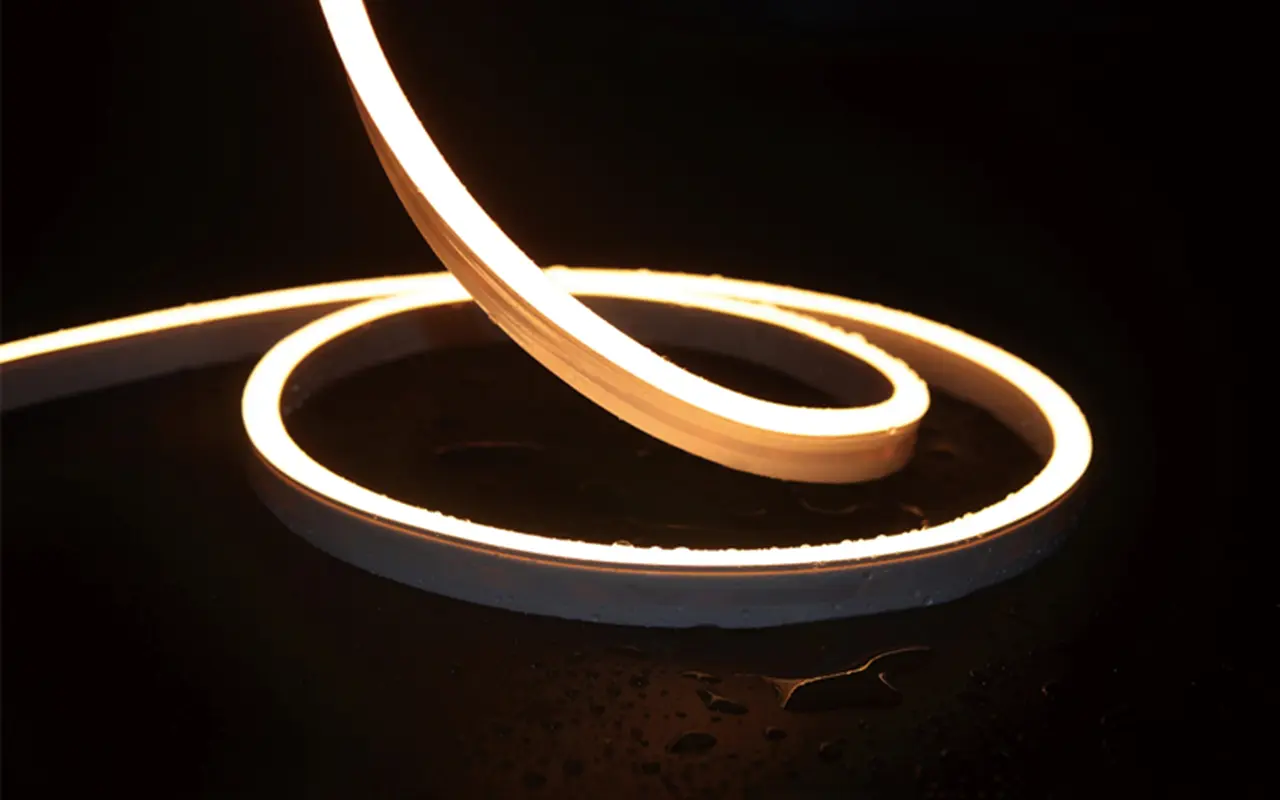
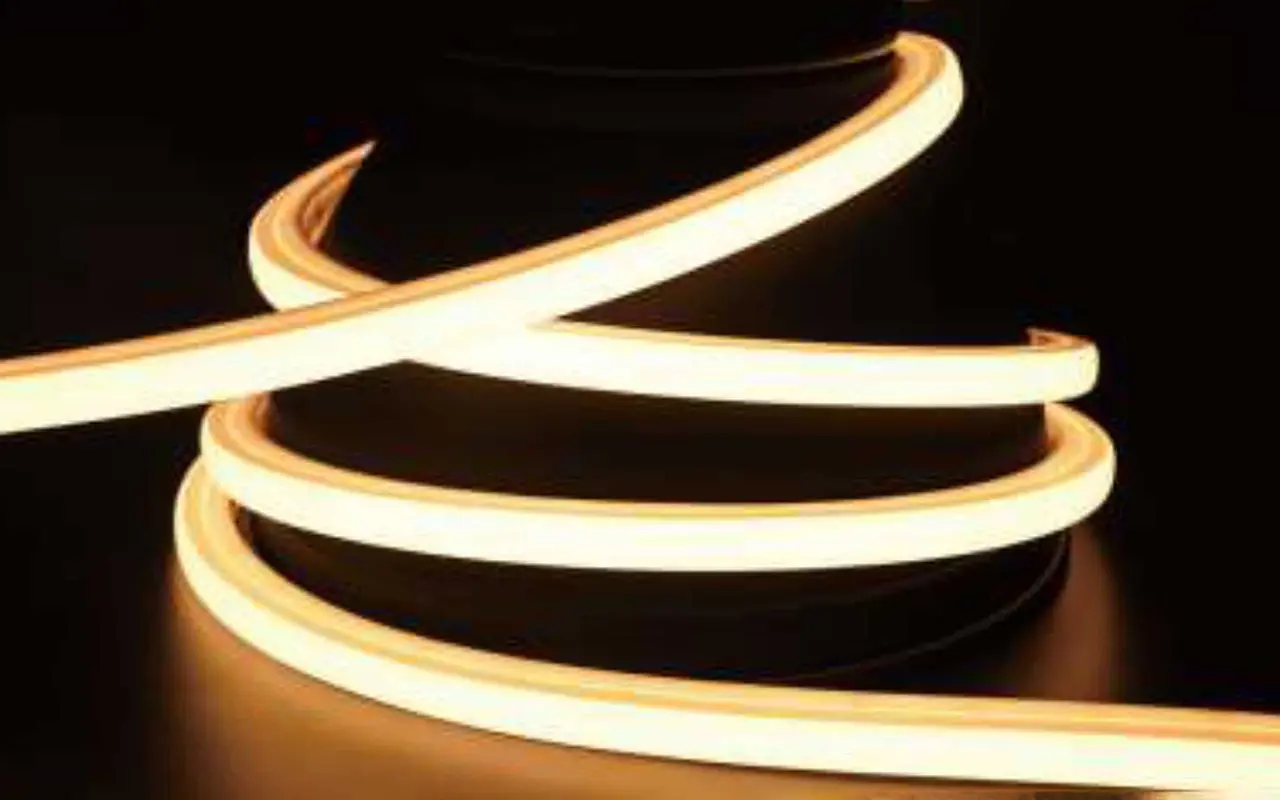
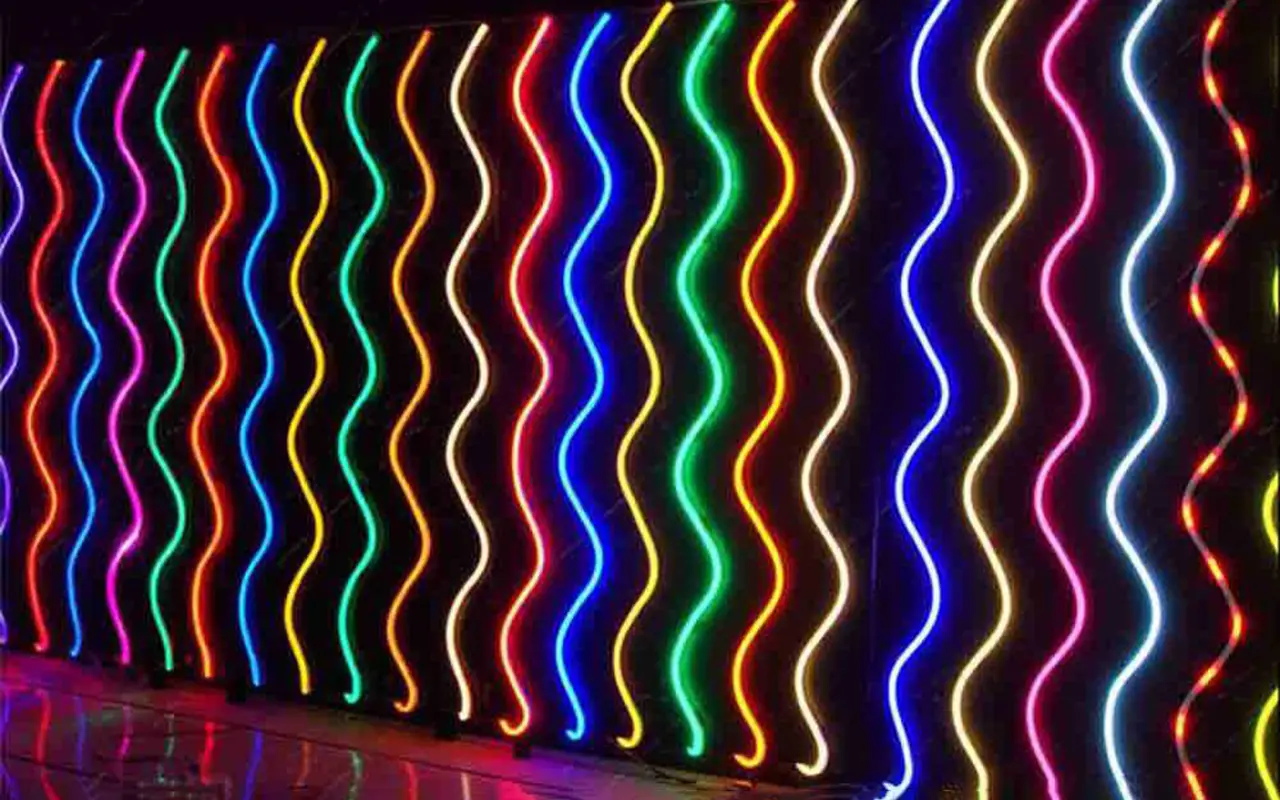
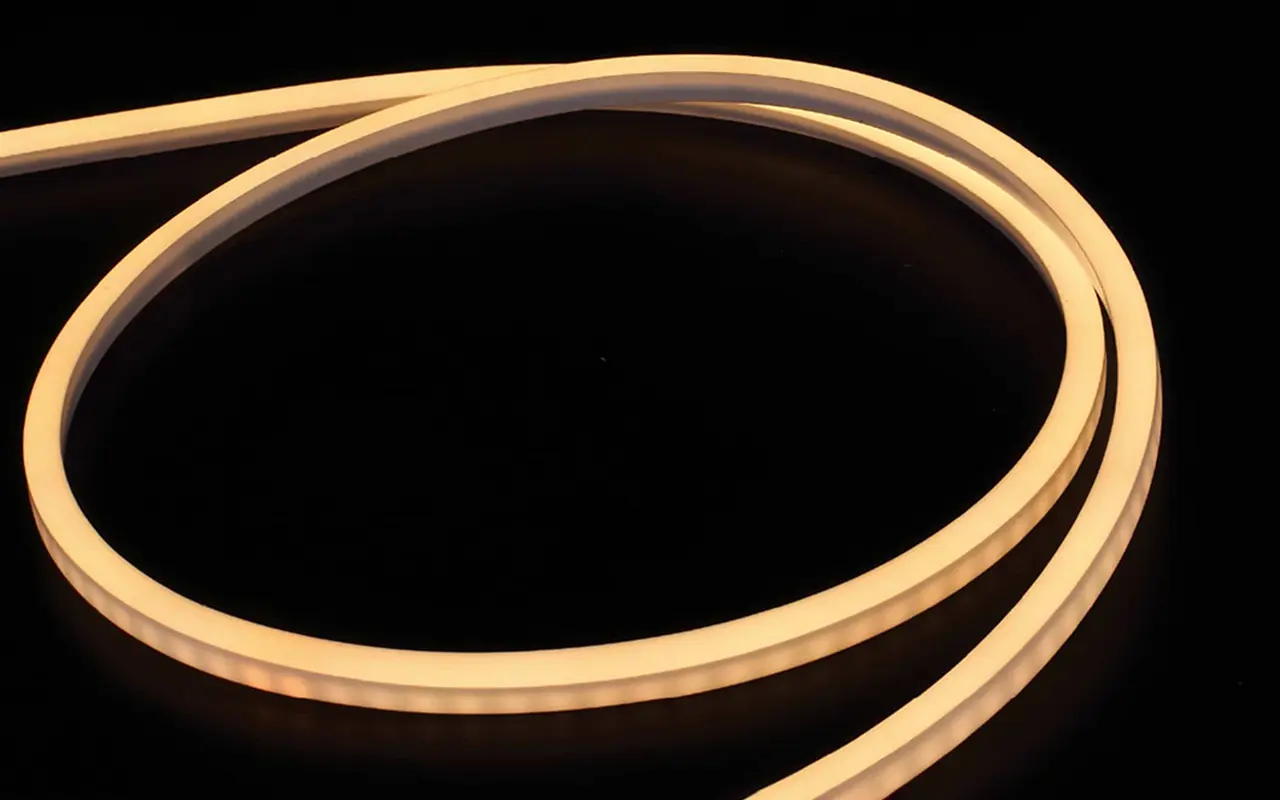
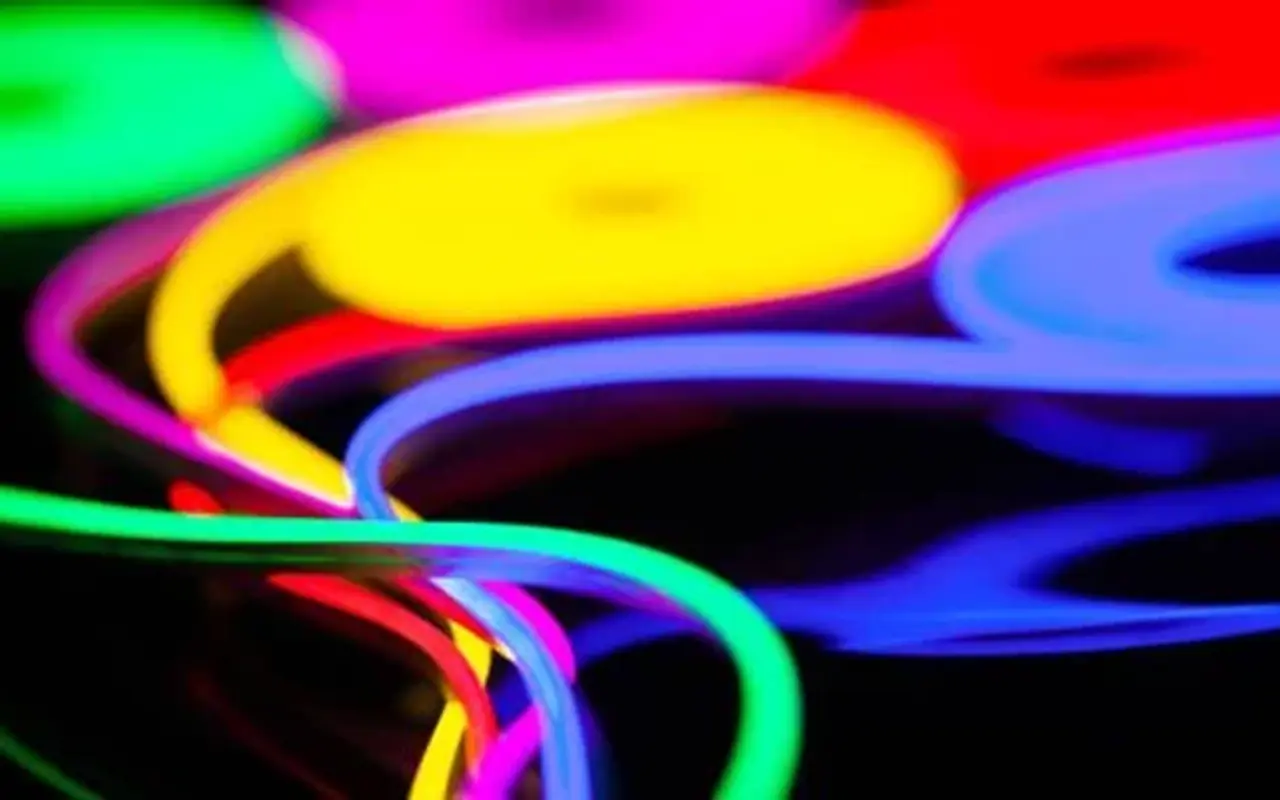





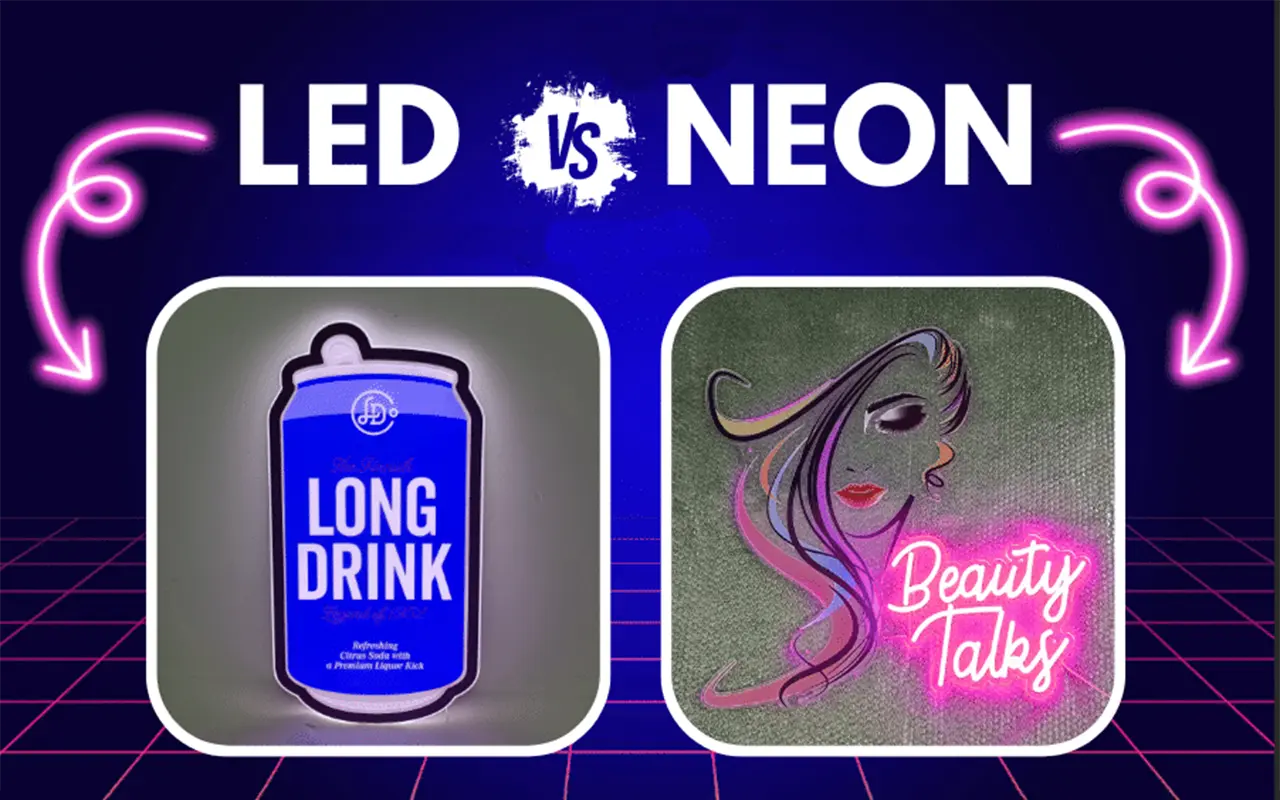
댓글을 남겨주세요
토론에 참여하고 싶으신가요?자유롭게 기여해 주세요!